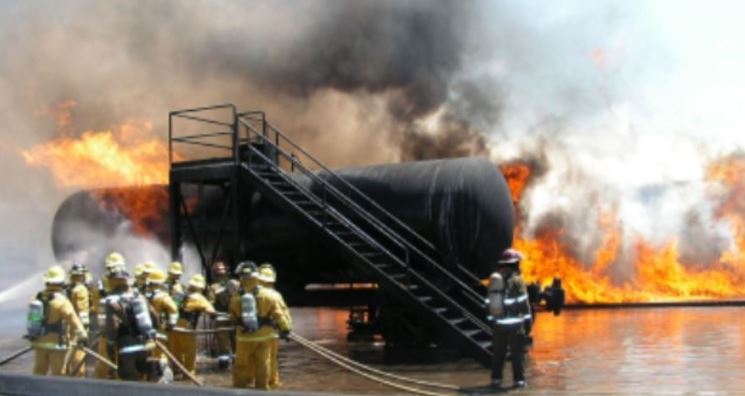
This blog is courtesy of our Fire Life Safety Training Division
While news outlets often report about people shooting at drones as they hover over homes, and despite the fact certain irresponsible remote controllers have been known to interrupt emergency fire operations, these tiny fliers are well on their way to becoming invaluable disaster management tools.
Potential Drone Use
Identifying Threats and Survivors
-
Local officials could use drones when a dam is under strain from a flood or earthquake, to safely survey damage so they could alert the public about risks such as imminent collapse, or to allay fears if they are able to determine whether the dam is structurally sound.
-
Telecommunication firms are experimenting with drones which can provide a 4G local signal, which could connect responders and survivors.
-
Other companies are offering drones to deliver medical and/or food supplies. One such vendor made Pouncer, an inexpensive drone which features a compact, vacuum-packed cargo area.
-
Drones are ideally suited for search and rescue teams, as they can cover a wide area and link to operators’ cellphones, to help pinpoint exact locations.
Building Inspection
-
Drones are ideally suited for high-rise building inspections because they can travel to great heights. Verizon is currently using drones to check cell phone towers affected by Hurricane Matthew. Drones enable them to view tower damage without putting their employees at electrical risk by venturing into flooded areas.
-
A drone operator can launch a UAV that provides a birds-eye view of all sides of nearly any bridge.
-
Certain drones cling to the side of walls, allowing operators to safely assess structural integrity.
-
Bridge inspections conducted with drones don't impede traffic flow, as the drone operator can stand safely on the shore as cars drive over the bridge, blissfully unaware of the inspection taking place.
Surveying Damaged Areas
To quickly process claims, insurance agencies are using drones to check damaged buildings and property. This technology enables insurance carriers to inspect roofs without employing ladder teams.
Government agencies are also using drones to assess flood damages to coastal areas. Instead of renting a plane or helicopter, local agencies can fly drones to take high-definition pictures and videos of an area. They can also safely operate drones without nuisance noise or winds associated with helicopters or small planes.
Fire departments are using fire-resistant drones built to provide invaluable real-time information about high-rise fires, including the severity of the blaze and exact location of any occupants who might be trapped.
Remember that safety is a daily priority for everyone, and is becoming a priority for many companies that use drones for disaster management efforts. A convenient and affordable way to make sure you are prepared for disasters and emergencies of virtually every kind is to subscribe to the Allied Universal Fire/Life Safety System, which has been designed to help improve and save lives. For more information about the best system out there, or to subscribe, click here.
 About the Author
About the Author
Kimber Westmore is the director of Allied Universal’s Fire Life Safety Training Division.









